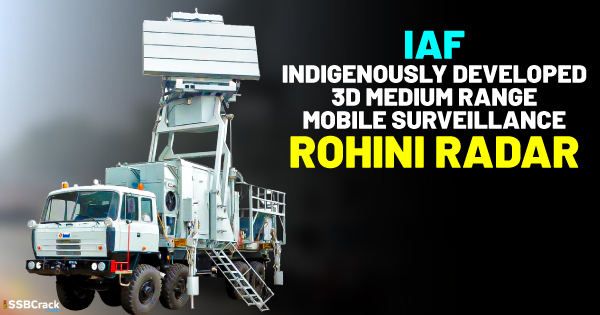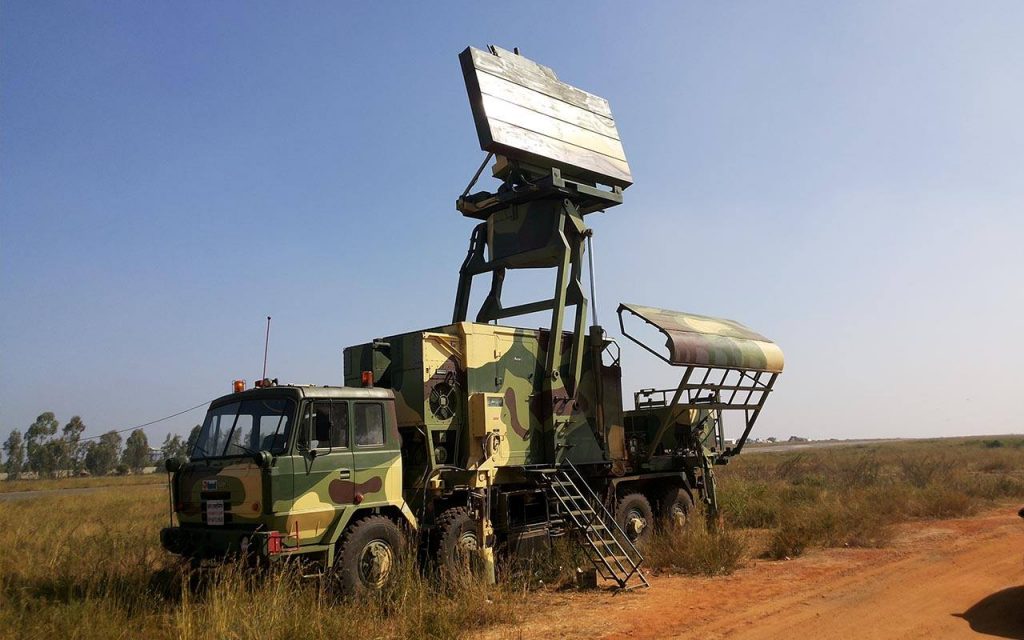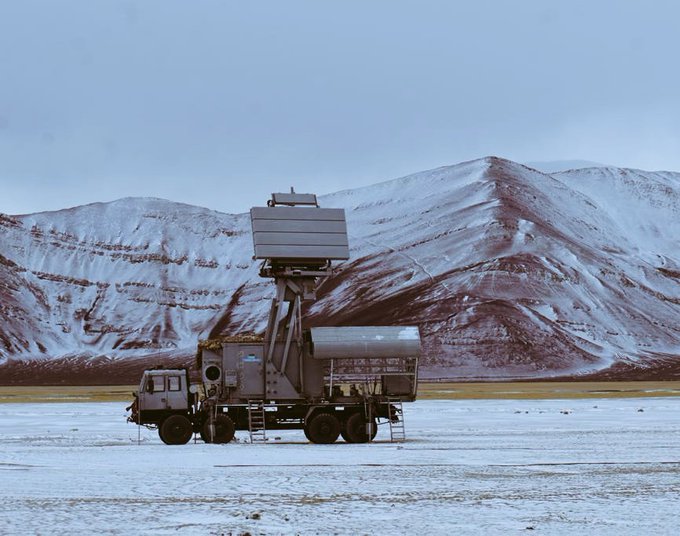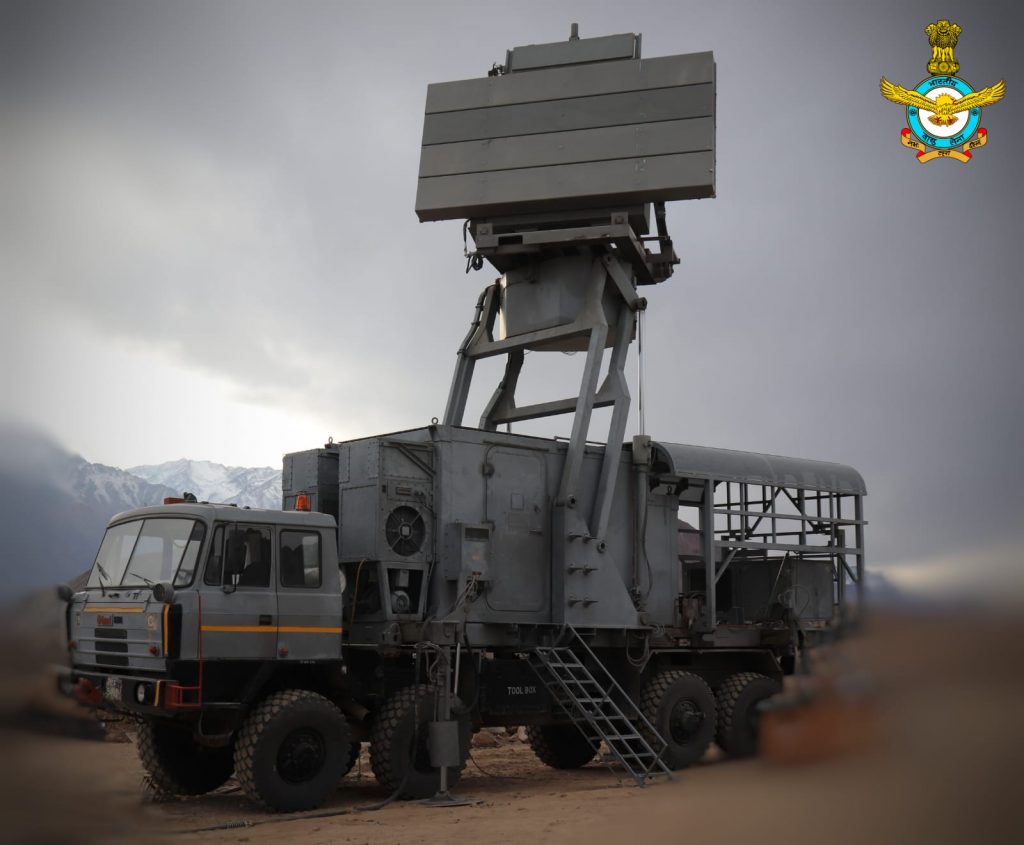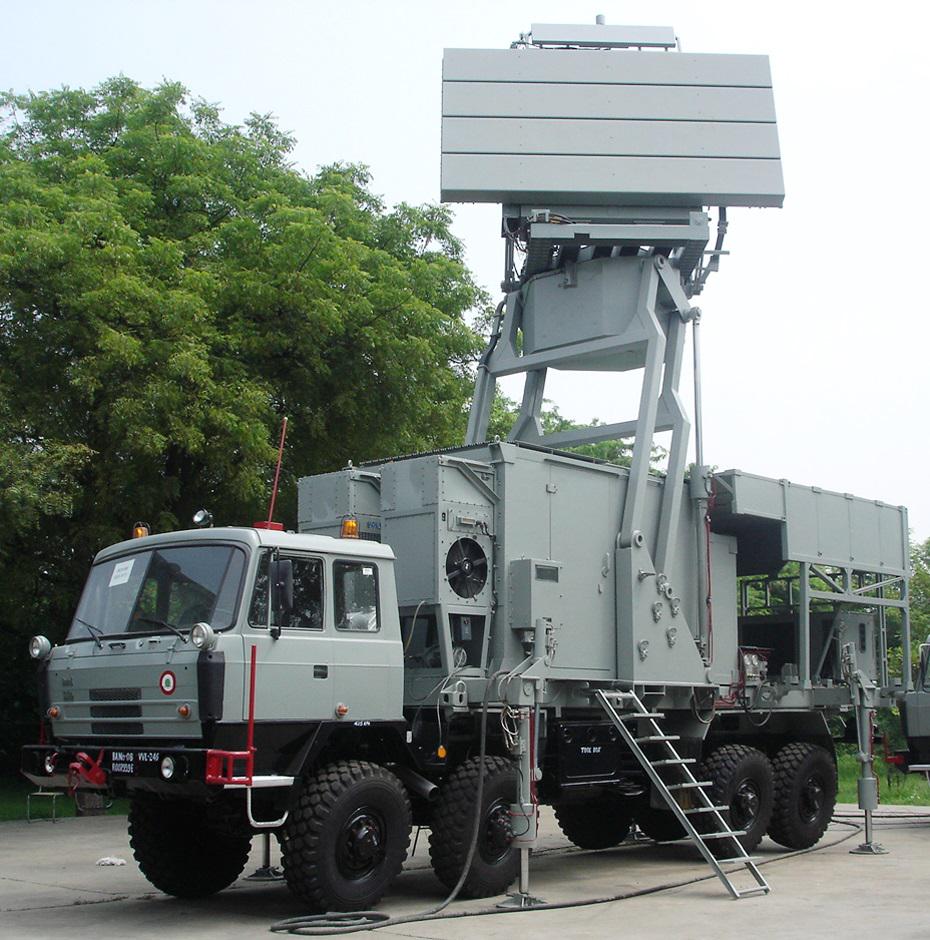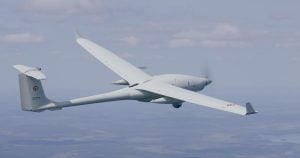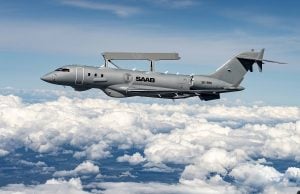The Rohini radar is an indigenously developed 3D medium-range mobile surveillance radar of the Indian Air Force. Developed by DRDO, it can detect and track aerial targets even under hostile EW operational environments.
The Rohini is a mobile auxiliary power unit-supported 3D multi-function medium-range air surveillance radar that is placed on a modified heavy truck called “Tetra.” Bharat Earth Movers Limited is the supplier of the Tetra (BEML). The Rohini radar system was created by the Bangalore-based Electronics and Radar Development Establishment (LRDE) of India’s Defense Research and Development Organization (DRDO), and it was engineered and manufactured by Bharat Electronics Limited (BEL).
During the Rohini development, Larsen & Toubro (L&T) and Astra Microwave also contributed their knowledge. The first of 100 of these radars were delivered to the Indian Air Force (IAF) in August 2008.
Also read: All About Swathi Weapon Locating Radar
The Rohini radar system is intended to locate, track, and measure the height of several targets that are flying at once. Its horizontal detection range exceeds 170 km, and its altitude is at least 15 km. The Rohini radar system is capable of picking up both low-flying targets and up to Mach 3 supersonic aircraft. Electronic Counter Counter Measure (ECCM) features for the radar include frequency agility and jammer analysis. To discriminate between friendly and hostile aircraft, a secondary surveillance radar called IFF is connected to the main radar.
Brief about ROHINI
The central acquisition radar (3D-CAR), which can track 150 targets, is created by DRDO for use with Akash SAM. A medium-range, high-resolution 3D surveillance radar, the central acquisition radar (CAR), is used for this. A joint venture involving BEL, Larsen & Toubro, Astra Microwave, and Entec produces central acquisition radar, which was developed by LRDE, a DRDO laboratory. A planar array antenna is used by the radar to deliver simultaneous multi-beam coverage. 150 targets can be tracked when in scan mode.
Also read: List Of The Radar Systems Used By Indian Armed Forces
India has improved its 3D CAR technology to create the brand-new ROHINI & REVATHI versions. The REVATHI is designed for the Indian Navy, whilst the ROHINI is specifically for the Indian Air Force. These substitute new, locally developed products that are more effective than the original design for the original joint-development goods, such as the planar array antenna. For the Indian Army, a third model called as the 3D Tactical Control Radar has been created and successfully tested.
Features of Rohini Radar
- Medium-range 3D surveillance
- S-band operation
- Surveillance range up to 180 km
- Covers elevation of up to 18 km in height
- High altitude deployability
- Deployment in less than 20 minutes
- 150 Targets in TWS
- An array of ECCM features
- Integrated IFF
- Capable of detecting low-altitude targets, and supersonic aircraft flying at up to Mach 3
- Frequency agility and jammer analysis
Current Status
BEL estimates that 100 Rohini radars will be needed. On August 6, 2008, BEL delivered the first ROHINI to the Indian Air Force. Each year, 20 radars can be produced. The ROHINI has a brand-new antenna that was created in India and is more technologically advanced than the original CAR in terms of power handling and beam shaping.
The Indian Air Force initially ordered seven Rohinis for their radar upgrading program. Following examination, the IAF bought 30 more radars, for a total of 37 of the kind.
Eight Akash SAM squadrons have been ordered by the IAF, and the ROHINIs serve as the primary early warning system for the deployment of an Akash squadron.
If you liked the article do share it. If you are preparing for defence exams and SSB Interview, SSBCrackExams is providing a number of courses and study material. Join today and boost up your preparation.
To crack the SSB Interview, You can join our SSB interview live classes batch and we recommend you to Enroll SSB INTERVIEW ONLINE COURSE. Trusted by thousands of defence aspirants.
